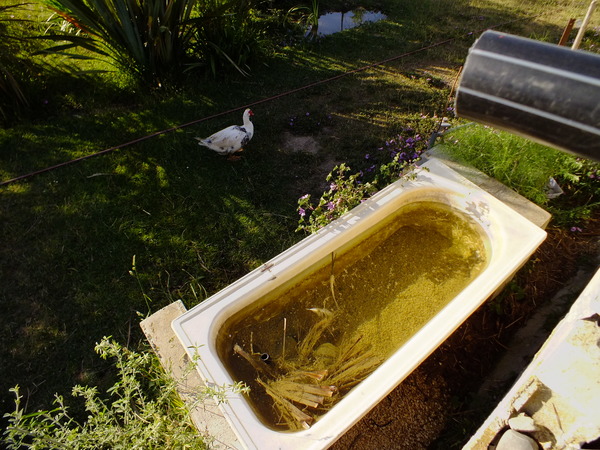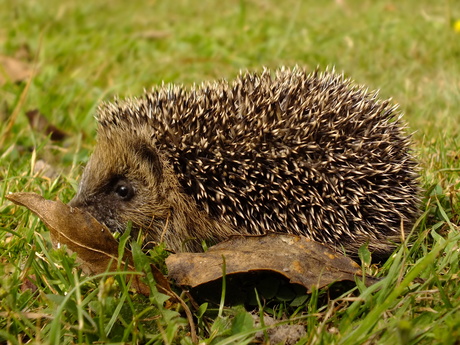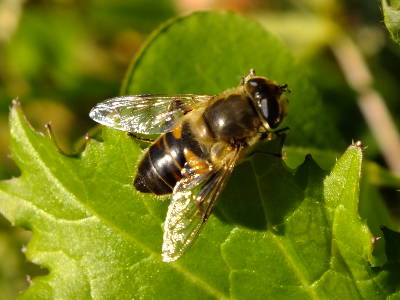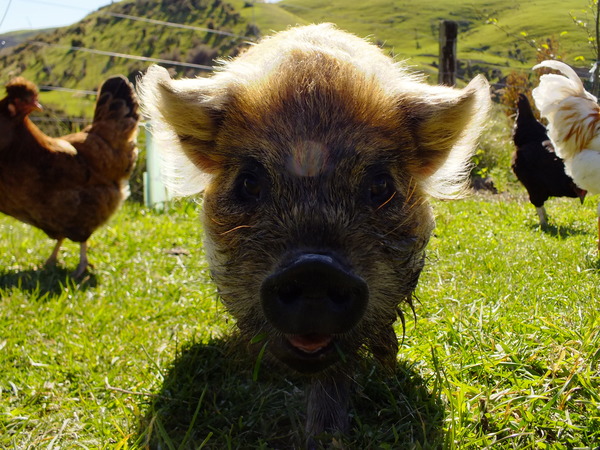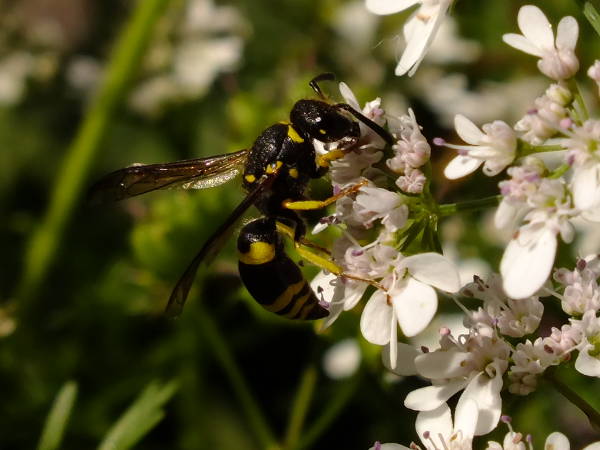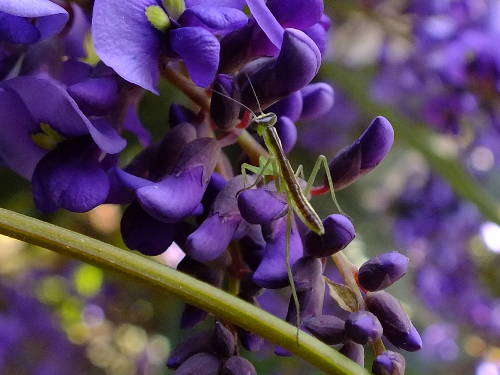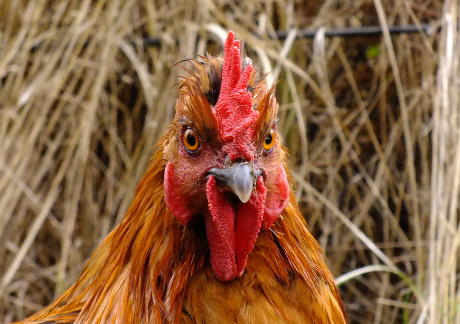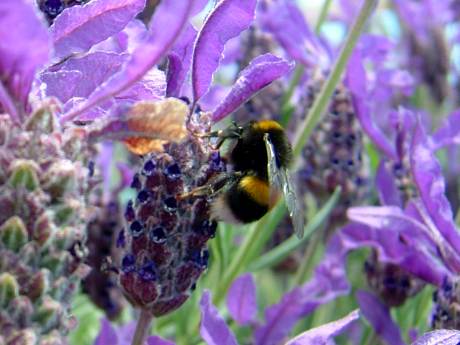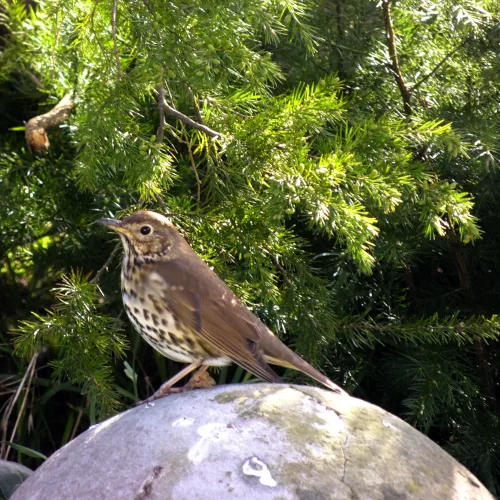Animals & biodiversity
Humans have a nasty habit of displacing or exterminating any organism that doesn't provide an obvious short term benefit. We now know that biodiversity is the key to a healthy, functional and resilient ecosystem.
By including and encouraging a diverse range of plants, animals and insects we produce systems that are naturally harmonious and balanced and therefore require less human management and are less susceptible to climatic fluctuation and pest invasion.
Animals are a vital component of any natural system and it would be impossible to exclude them entirely. Larger animals, while not without their benefits, require a fair amount of care and attention. In addition the bigger they are the more space and food they require and generally have a bigger impact on their surrounding environment. Since we are currently establishing a large number of young trees this excludes us from any of the larger animals at this time.
